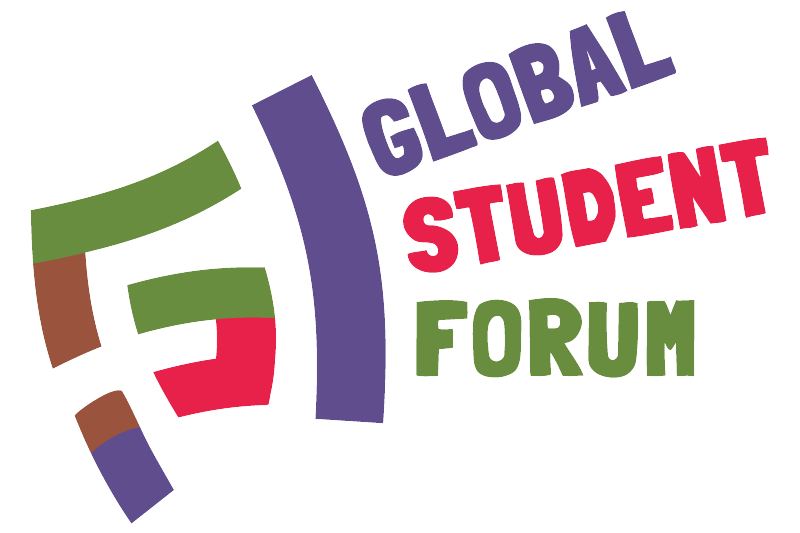One of the mechanisms that amplify the voice of this movement is its representational model, a multilayered system of democratic representation that encapsulates various levels of governance – local, national, regional, and global. This structure ensures that student concerns and interests are consistently represented and acted upon at different societal tiers.
Local Level: Student Unions
The foundational unit of the representational model is the local student union. Often based within individual education institutions, these unions democratically represent the student body. Each student at the institution has a right to vote in the elections to select their representatives, thereby promoting an environment of shared decision-making and collective responsibility. The elected members advocate for the student’s rights, respond to their needs, and facilitate dialogue between the student body and the institution’s administration. This local representation is crucial as it addresses immediate and localized issues directly affecting the student experience.
National Level: National Union of Students
At the national level, the representation of students is carried forward by the National Union of Students (NUS). The NUS membership comprises local student unions from across the country, ensuring that a diverse range of student perspectives and concerns is represented. The decision-making process within the NUS is democratic, with local unions playing a pivotal role in shaping the national agenda. The NUS serves as a unified voice for students on a larger scale, advocating for changes in education policy, lobbying government bodies, and driving nationwide campaigns on student-related issues.
Regional Level: Regional Student Unions
Moving beyond the national sphere, student representation takes a regional form. The Regional Student Union (RSU), is an umbrella body consisting of National Unions of Students from various countries within a region. The RSU functions on the principles of democratic decision-making, with each national union participating in the process. The RSU represents the student movement at the regional level, providing a platform for dialogue on cross-border educational issues and influencing regional policies.
Global Level: Global Student Forum
At the top of this representational model is the Global Student Forum (GSF). GSF consists of Regional Student Unions from around the world, integrating various regional perspectives into a unified global platform.
In regions where a Regional Student Union does not exist, GSF allows National Unions of Students to become Consociate Members. This status ensures that students from these regions are not left out of the global conversation, thereby providing a truly inclusive global platform for the student movement.
GSF is also not an exclusive domain of student unions, as it also welcomes non-representative student organizations as associate members. These organizations, although not having the same structure or representation as a union, still carry a significant voice in shaping the student movement globally. Their participation enriches the diversity of perspectives within GSF and enables a broader reach of the student movement.
The structure of GSF remains faithful to the Representational Model’s democratic roots. Decisions regarding its direction, policy, and activities are made through the consensus of the member Regional Student Unions and representatives from the consociate and associate members in a joint leadership committee called the Steering Committee.
GSF represents the top of the student movement’s representational model, serving as the collective global voice of students. It lobbies international bodies, influences global education policies, and champions worldwide student issues. GSF demonstrates the power of students’ voices when unified at a global level, underscoring the impact of the student movement beyond geographical boundaries.



